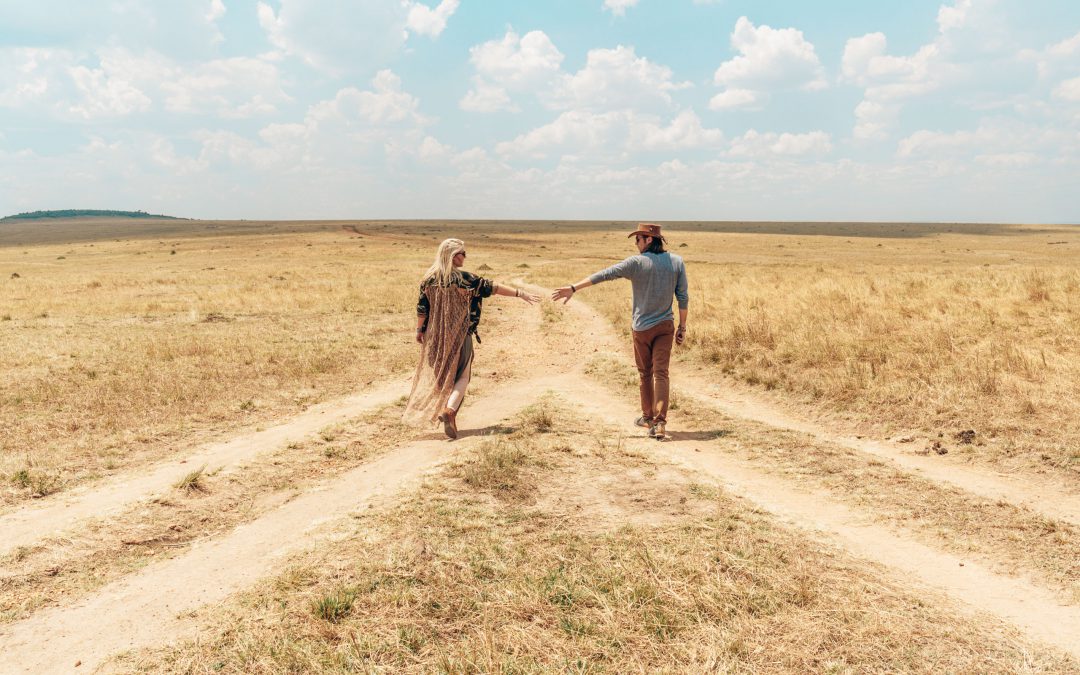Our Safari Packing Guide is a complete breakdown of all the essentials you’ll want on your African Safari.


Before the Safari – Items to have in order…
Before charging too far ahead, I am going to assume if you are looking for a safari packing guide then you’ve all ready booked your African safari, know your destinations, and have all your transportation sorted. However, just-in-case here is summary of all the items you should have in order.
- Passport with at least 6 months of validity and at least 2 unused visa pages.
- Possession of a Yellow Card (International Certificate of Vaccination) with a record of any recent elective and/or required vaccinations for entering/leaving a country. (This pertains primarily to Tanzania where the government requires proof of yellow fever vaccination upon arrival if you are traveling from a country with risk of yellow fever. See the list here.
- Copies of all your travel documents, passport, driver’s license, and credit cards. We recommend digital and paper copies just to be prepared.
- Enrollment is the U.S. Department of State STEP program. Doing so documents your travel plans with the local U.S. embassy or consulate of your destination. Enrollment is not essential for your trip. However, anything can happen at any time and it’s a good practice to get in the habit of enrolling all your trips abroad. In the off chance there is an emergency or catastrophe where you are, the U.S. State Department has documentation of your travel and will work to make contact with you.
Cash for Tipping
In Africa, cash is KING! There are peer-to-peer mobile payment systems on the rise such as JamboPay, but for now, cash is still preferred and very much appreciated. U.S. currency is widely accepted, however, there’s an important caveat to be aware of! Often it is something that people learn the hard way and find rather frustrating.
In general, U.S. currency will be accepted if…
(1) bills are clean, without pen marks, free of any tears,
(2) and 2006 or newer.
So long and you have crisp fresh new bills you won’t have anything to worry about. We recommend paying a visit to your local bank and asking when they usually get new bills.
This usually happens at certain times a year for banks and they are more than happy to help you out. Make sure you bring a range of bill denominations as well. On safari, you’ll be hard-pressed to find anyone who can make change in USD for you.
Your safari guide will expect to be tipped for their services, and you can expect them to work very hard for those tips. In general safari guides can earn from 5 USD a day to 50 USD a day; this varies by country. So for them, tips are an exceedingly important part of their income.
We recommend, planning to tip a minimum of 10 USD per person per day for your safari guide. This is just a starting point though… If you end up with an incredible guide who helps make your safari extraordinary – tip them accordingly!
In addition to guides, come prepared to tip the bag porters that assist with your luggage, hotel/lodge staff that help to make your stays comfortable, and drivers for any other transfers you may have.


Safari Packing Guide – Bags & Luggage
The type of luggage you should bring is usually clearly specified by the safari booking company. Check with them and ask what, if any, restrictions they have.
If you’ll be traveling by bush plane…
..from park to park then chances are you will have some restrictions on luggage. These plains are small with strict weight requirements. There’s also limited space to stow luggage on these birds. In this situation, the best bag is one that is soft and pliable – a duffle bag (or safari bag). These are preferred to rigid structure suitcases because they are more easily stuffed into the small luggage compartments.
Below are some options to give you an idea.
If you’ll be traveling overland…
..in your own private safari jeep from park to park then it’s likely you won’t have to worry about any luggage restrictions. As long as you, and all your luggage fits in the vehicle you’re good-to-go!
In that case, here are all the bags we carried.
Safari Packing Guide – Creature Comfort Basics
(Things that will make your experience more comfortable)
- Sunscreen
- Lip Balm
- Moisturizing Cream
- Eye Drops
- Allergy medication (non-drowsy) / Benadryl
- Sting Relief Pen
- Insect Repellent (with Deet 30% will do fine)
- Spray Aloe
- Wet Wipes
- Binoculars
- Dust Mask
- Roll-top waterproof bag
Don’t wait until you arrive in Africa to get these items!
If there are particular brands you like or know work best for you – bring it with you!
It can be challenging to find this stuff once you get there.


Safari Clothes Packing Guide
- T-shirts (Qty: 3-4)
- Shorts (Qty: 1)
- Long Pants: (Qty 2-3) Choose a breathable quick-drying fabric. Convertible zip-offs are a convenient option.
- Long Sleeve Button-Down Shirt (Qty: 2)
- Cotton Long Sleeve (Qty: 1-2)
- Moisture Wicking Socks
- Dress/Skirt
- Sweater/Sweatshirt/Fleece
- Light Field Jacket
- Rain Jacket
- Wide Brimmed Hat (with neck strap)
- Scarf / Buff
- Polarized Sunglasses
- Closed Toe Shoes
**In general for all your clothing avoid dark colors.
Dark-colored clothes tend to attract the Tsetse flies and they do bite!
Stick to lighter earth tones to be on the safe side.**


Safari Camera Gear
- Bring a camera with a fair amount of zoom. I recommend something that can at least provide 100mm equivalent focal length. If you can splurge… then bring telephoto lens too!
- Neck Strap
- Extra Batteries
- Extra SD Memory Cards
- Lens filters (UV and circular polarizer)
- Cleaning Cloths / Cleaning Kit
- Monopod
- Camera Bag (something somewhat dust resistant)


Amazon Safari Shopping List
To help with preparing and shopping for your safari we’ve put together an Amazon list of all the stuff we brought and/or wish we had.
Note: We are an Amazon Influencer and therefore do receive a small commission on any purchases made through the links in this post at no additional charge to you. Thank you for your support!
To read about our 10-Day Kenya Safari and all the parks we visited click…
HERE.





























Yo captured some really good images. Kudos! Also, those outfit ideas are so versatile, perfect for a safari.
Thank you so much! We are glad you liked this post!